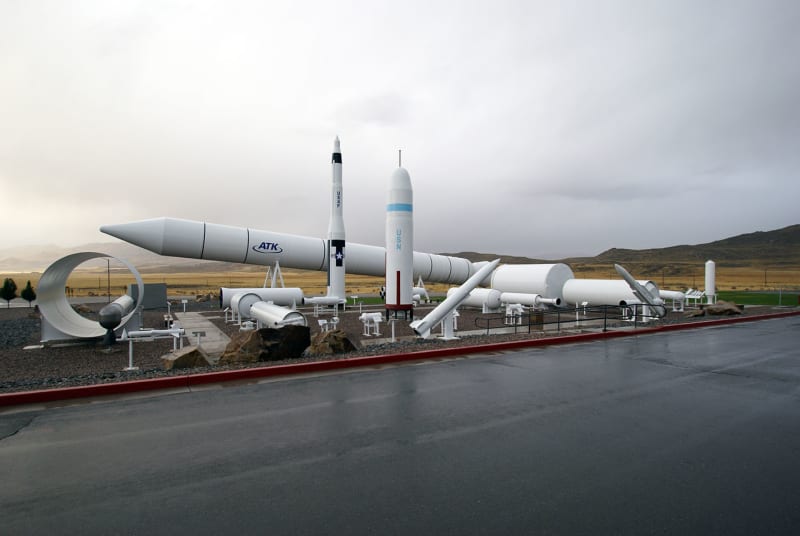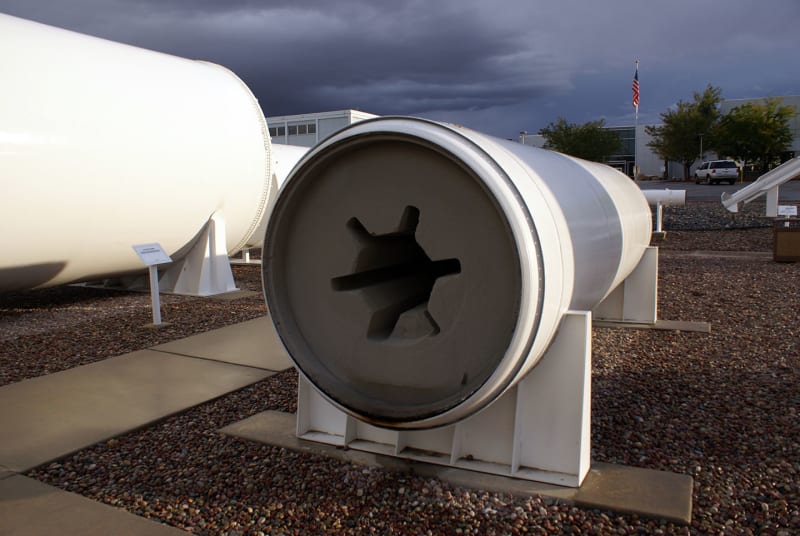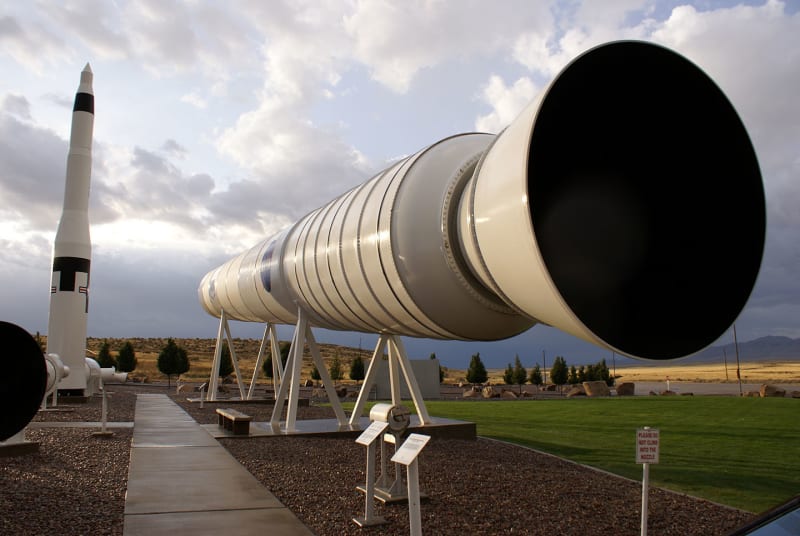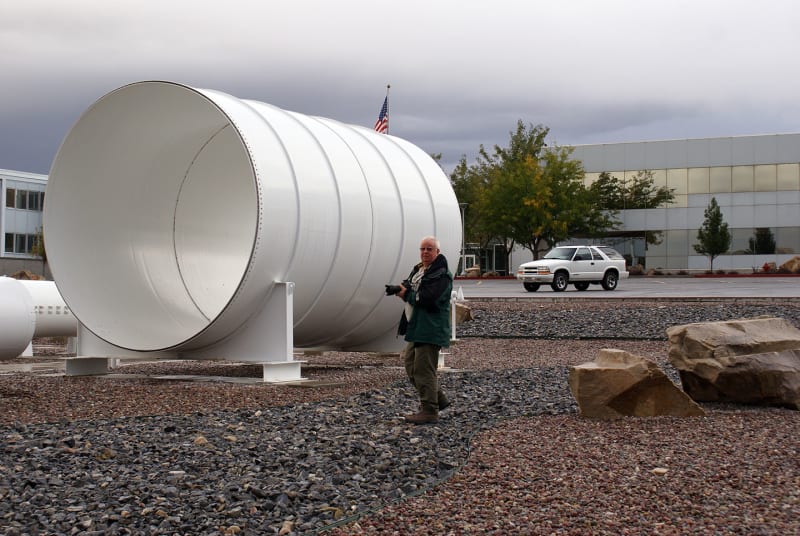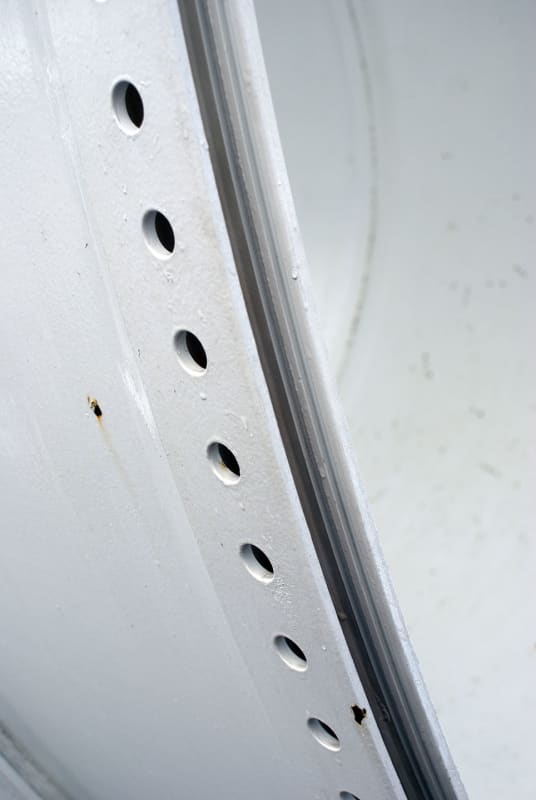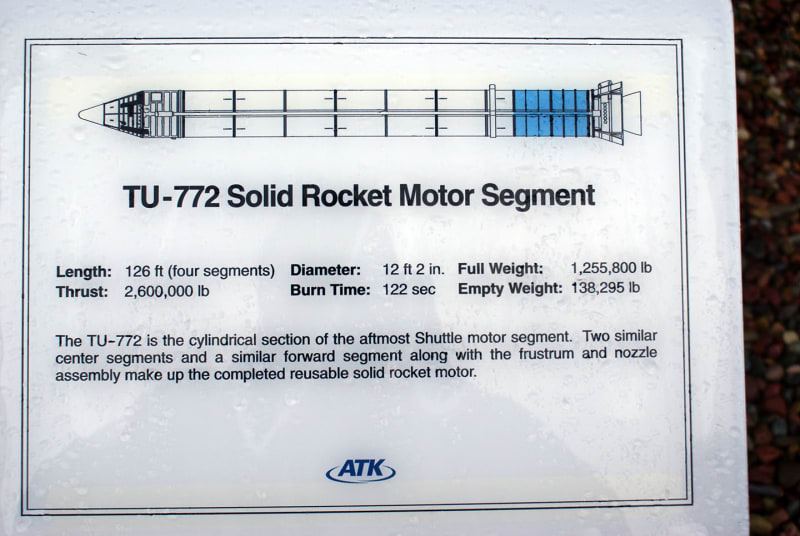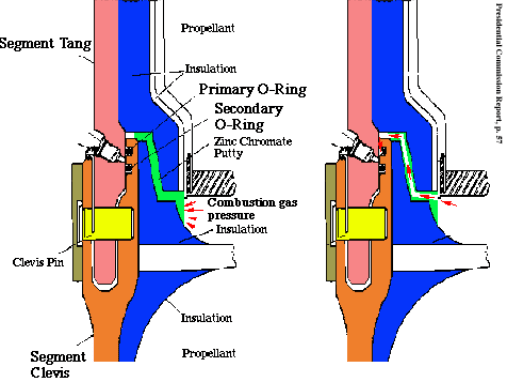There's a place, not far from Promontory Point, Utah, where the East and West transcontinental railroads met and the 'Golden' spike was driven, that's called 'Rocket Park'. It's a display of 'rocket' paraphernalia on public display, in the parking lot of one of Thiokol’s testing facilities:
October 2009 (Sony A100)
On one of our 'photo safaris' that my late friend Dennis and I took, we stopped after seeing one of those 'brown signs' while we were heading toward Promontory, and as a couple of geeky engineers, we just had to see what it was all about. Now, it was a Sunday morning and the facility was closed, but the 'Rocket Park' was outside the compound's fence so it was not a problem getting a chance to see what was on display. In addition to a lot of old test engines, they had on display many more recognizable items, like a section of a Minuteman Missile:
October 2009 (Sony A100)
And of course, a Shuttle booster:
October 2009 (Sony A100)
Including one of the sections that made-up the of the booster's body:
October 2009 (Sony A100)
And you could clearly see the grooves where the O-Rings were installed:
October 2009 (Sony A100)
Of course, the informational placard made no mention of the aforementioned O-Ring grooves or their significance:
October 2009 (Sony A100)
Anyway, it was a very interesting display and while they didn't highlight the issues with the O-Rings, they also didn't hide these items, and of course, any 'geeky' engineer who stopped by to see what was with this 'Rocket Park', out in the middle of nowhere, would know exactly what he or she was looking at.
John R. Baker, P.E. (ret)
Irvine, CA
Siemens PLM:
UG/NX Museum:
The secret of life is not finding someone to live with
It's finding someone you can't live without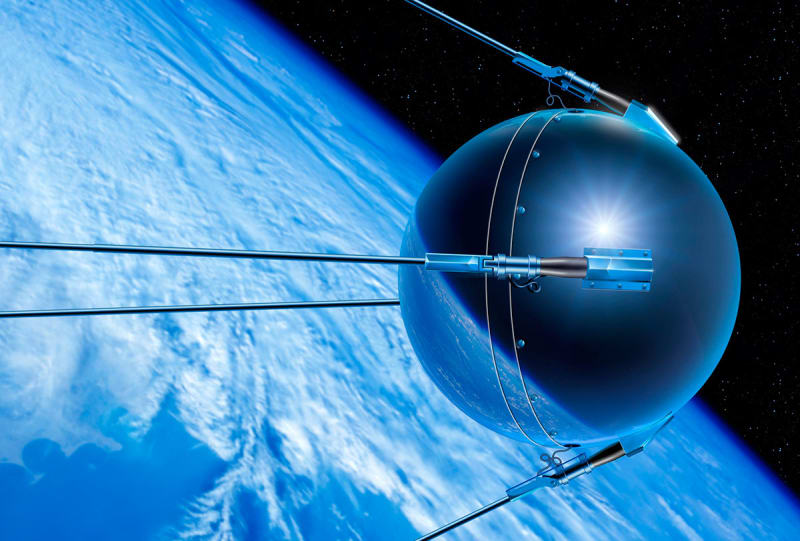


![[viking2] [viking2] [viking2]](/data/assets/smilies/viking2.gif)
![[pipe] [pipe] [pipe]](/data/assets/smilies/pipe.gif)
